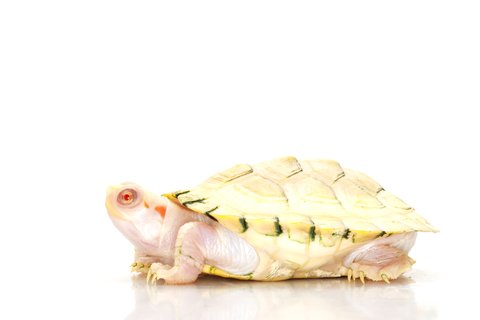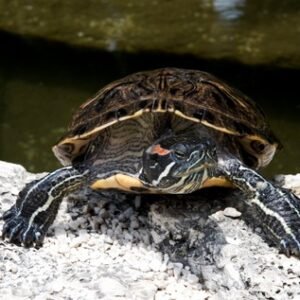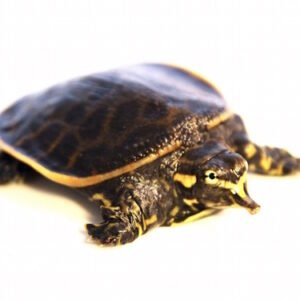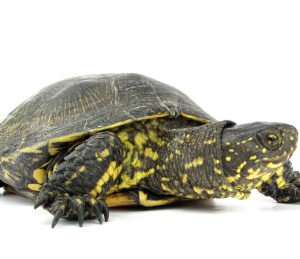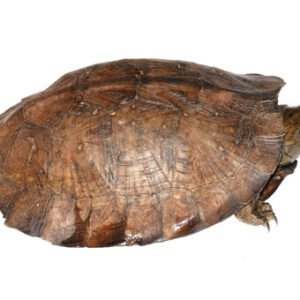Understanding Albino Red-Eared Sliders
Albino red-eared sliders are a captivating variation of the commonly known red-eared slider turtles. These turtles possess a unique genetic mutation that results in a striking appearance characterized by their pale white to yellowish skin. Unlike their typical counterparts, who exhibit vibrant green and brown hues, albino sliders display a surprising lack of pigmentation, making them stand out dramatically. Their distinct appearance is further enhanced by the presence of red markings behind their eyes, which is a common feature in both variants.
The genetic mutation responsible for albinism affects the production of melanin, the pigment that gives color to the skin, eyes, and shells of turtles. This mutation not only influences their physical characteristics but also their biology. Albino red-eared sliders typically have sensitive skin that requires additional care to prevent sunburn, and their eyes can be more prone to issues related to bright light exposure. As such, owners should provide adequate shelter and UVB lighting to ensure the health and well-being of these turtles.
These turtles are primarily found in freshwater habitats such as ponds, lakes, and marshes, particularly in the southeastern United States. They exhibit behaviors typical of aquatic turtles, including basking in the sun and foraging for food underwater. Their diet predominantly consists of aquatic vegetation, insects, and crustaceans. Due to their friendly demeanor and relatively manageable care requirements, albino red-eared sliders have become popular pets among reptile enthusiasts. Their uniqueness and adaptability make them an appealing choice for both novice and experienced turtle keepers.
Understanding the distinct traits and origins of albino red-eared sliders is essential for proper care and management, enabling enthusiasts to appreciate these remarkable reptiles even more.
Care and Maintenance of Albino Red-Eared Sliders
Albino red-eared sliders are unique creatures that require specific care and maintenance to thrive. Understanding their dietary needs is crucial for their overall health. These turtles are omnivorous, thriving on a balanced diet that includes commercial turtle pellets, leafy greens, and occasional protein sources such as insects or fish. Ensure that their diet is varied to provide essential vitamins and minerals.
Creating an appropriate habitat for albino red-eared sliders involves several key elements. A spacious aquatic environment is essential; a tank with a minimum size of 40 gallons is recommended for adult turtles. The water should be kept clean and at a suitable temperature, ideally between 75°F to 80°F (24°C to 27°C). Additionally, a basking area should be established with a basking light set at a temperature of around 85°F to 90°F (29°C to 32°C). This dual environment allows them to maintain a healthy body temperature and aids in proper digestion.
UVB lighting plays a pivotal role in the care of albino red-eared sliders. Unlike their counterparts, albino turtles lack melanin, making them more susceptible to skin issues. A UVB light should be used for 10-12 hours daily to help them synthesize vitamin D3, which is necessary for calcium absorption. Furthermore, maintaining high water quality is vital. Regular water changes and filtration help prevent bacterial and fungal infections, which can lead to health complications.
Albino red-eared sliders can face common health issues, such as shell rot or respiratory infections, largely due to inadequate care. Observing your turtle for signs of distress or uncommon behavior is crucial. Handling these turtles should be done gently; avoid sudden movements and allow them to acclimate to your presence. Engaging with them in a calm manner fosters trust and allows for a rewarding experience while ensuring responsible pet ownership.

